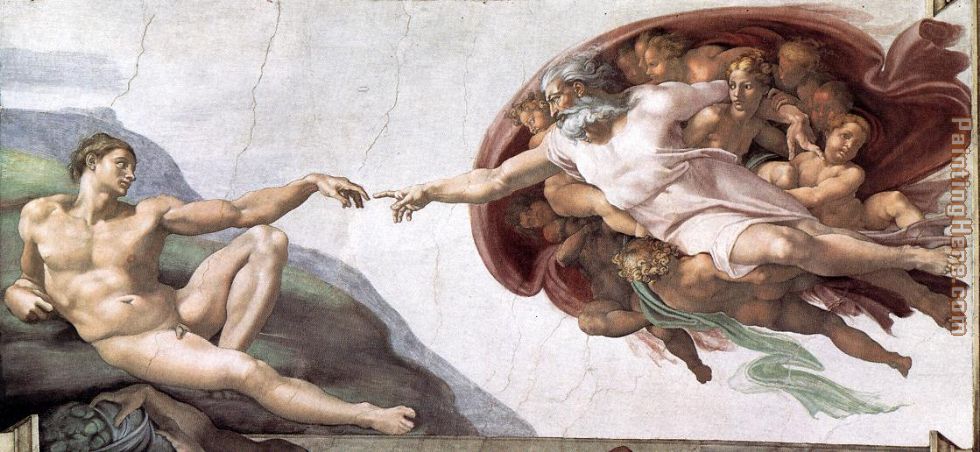Read Genesis 1:1-11:26
A Question to Argue
How Long did it take God to create the world?
Read the three views of Creation held by Christians in the church today outlined below. Then discuss or write short responses to the objections to each view, thinking through how advocates of each view would seek to defend their position.
The Historic Seven 24-Hour Day Position:
This view takes Genesis literally. It states that God created the world in six days. Each day was a 24-hour period. It holds that this creation happened in order set forth in Scripture and that God rested the Seventh Day. This view also holds that all death was the result of the Fall. The pattern of work and rest set up the weekly paradigm that we are all to follow.
The Day-Age Position:
This position asserts that the "days" in Genesis are not 24-hour days, but that each Day represents an age that could have been years or even millennial long. It bases its interpretation of the Hebrew word yom (day) on verses like Psalm 90:4 and 2 Peter 3:8. It looks at the Sabbath rest of God on the Seventh day as His rest from His creative activity which continues to this day. This view does believe that animal death occurred before the Fall.
The Framework Position:
This view believes that the seven days of creation are not to be taken as literal, twenty-four hour days, but instead figurative, topical descriptions of God's creation of the world. As evidence they point to the fact that there is a pattern in Genesis 1 in which God creates realms in days 1-3 (light and dark in the heavens, the sky and sea, and dry land) and their rulers in days 4-6 (sun and moon to "rule the day and night, birds and fish to rule the sky and sea, animals and finally man to rule dry land). This view asserts that the Genesis language offers snapshots of the divine creativity, but that this language is by nature metaphorical. The chief thing not to be taken literally according to the framework position is the chronological sequence. This view does not, however, commit to any specific time for creation; neither does it commit itself to any other specific order of events. It also allows for the possibility of death in all but man (who bears God's image) before the Fall and points to the Sabbath as Gods's eternal enthronement over creation, and the eternal rest to which all creation ultimately points and is fulfilled in Christ.

Note that there is no debate on whether or not God was the creator. That's not what we are debating. However if you believe that God had nothing to do with it, you may still comment on which you believe is more likely in your mind. I will not allow for a debate on God's existence though. Thank you.
Now there are always objections. And like I wrote above, our job (because here is something I really need to do with other people to get the full value of the lesson) is to read the three views of Creation held by Christians in the church today outlined above. Then discuss or write short responses to the objections to each view, thinking through how advocates of each view would seek to defend their position below.
So here are the Objections:
Objections to the Seven 24-Hour Day Position:
1. How can you know that days 1-3 are "normal days" when the sun and the moon had not yet been created?
2. How can you hold this view since modern science has found that the earth is about 4 billion years old?
Objections to the Day-Age Position:
1. In the few Old Testament passages in which the words day or days are not to be taken literally (normal 24-hour day), doesn't the context determine the meaning? What in the context of Genesis 1 tells us that day does not mean what it normally means ( i.e. normal 24-hour day)?
2. Isn't your view just an attempt to force the conclusions of modern science into the biblical text?
Objections to the Framework Position:
1. It can be said that the language of Genesis 1 points to a poetic structure (i.e. Realms on days 1-3 and Rulers on days 4-6). While this seems clear, why does this pattern prove that the language is figurative? Or, put another way, why couldn't God have his creative work in a poetic pattern?
2. Do you think that this complicated theory is really what God was trying to convey with the language of Genesis 1 or is that just another attempt to make our Bibles fit the conclusions of modern science?
Wow. Well there is something to think about. My job is to write a paragraph of what I believe to be the truth after a debate or comments have been heard. Which I will do in my ext post. Until then, I hope I hear from you (whoever you are) soon :]





